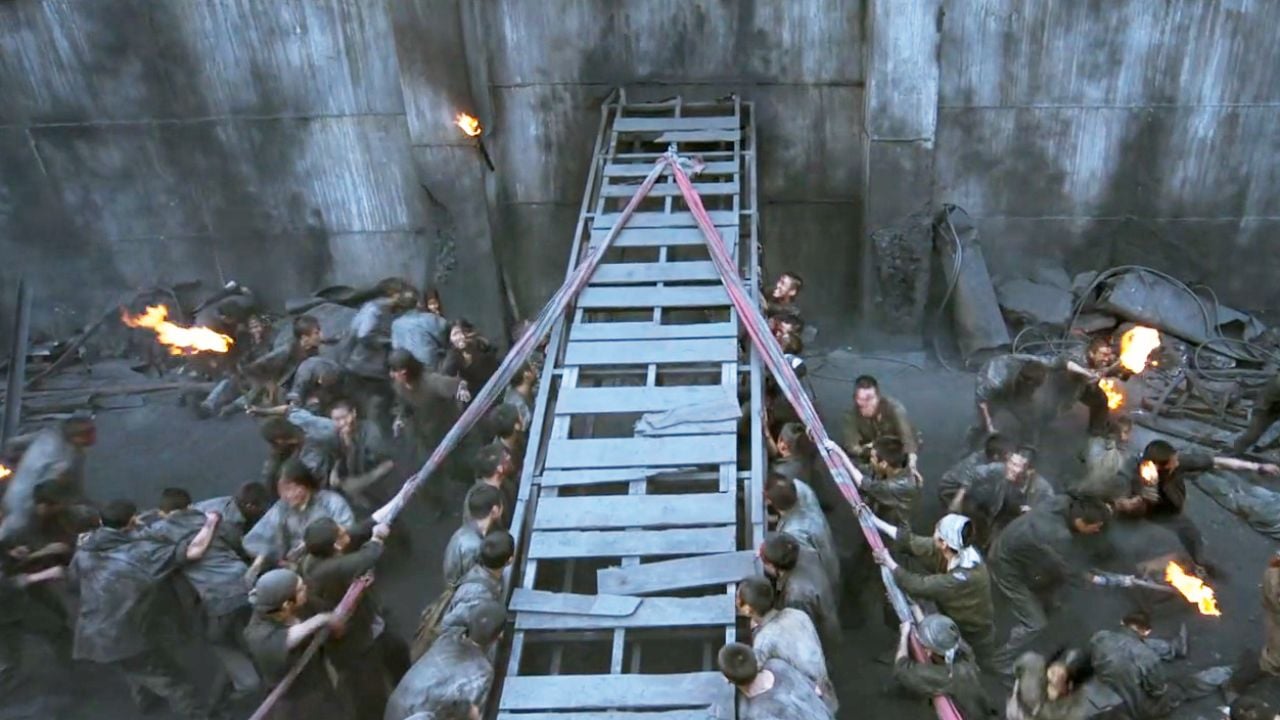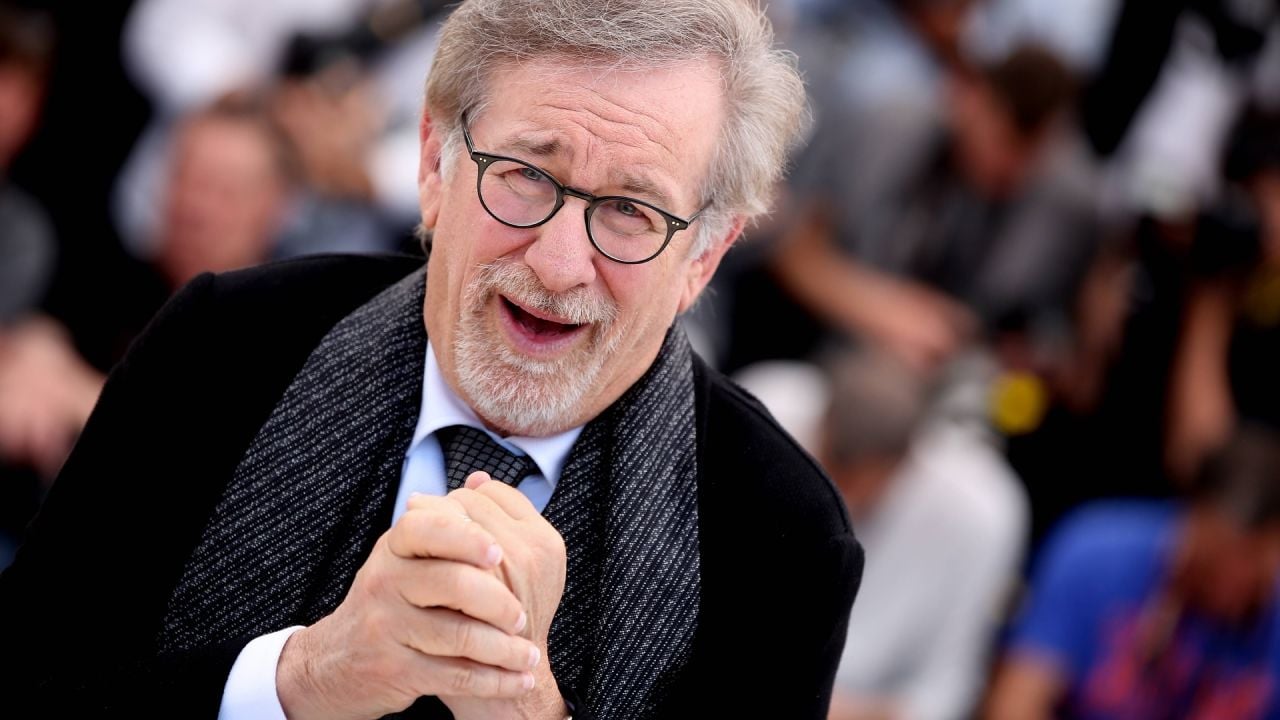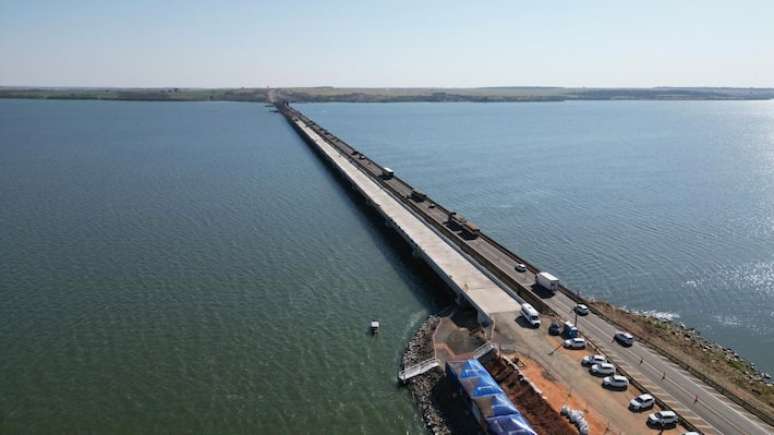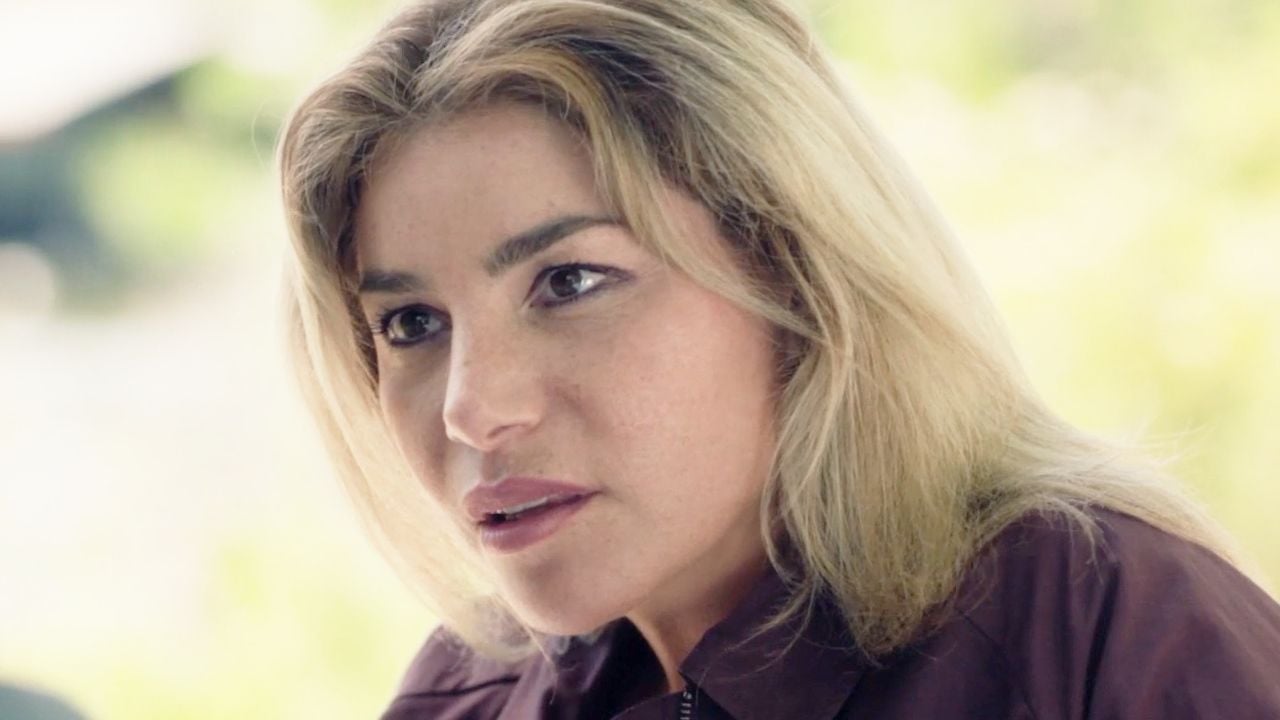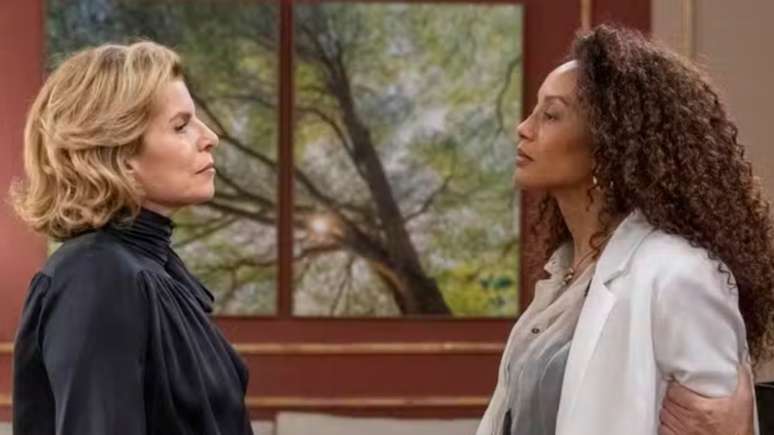After a long epic narrated for over two hours, we hear a familiar chant entering our attentive and eager ears. This music, which begins very gently before soaring into an operatic lyrical flight, is “Golden Ecstasy,” composed by maestro Ennio Morricone for “The Good, the Bad and the Ugly.”
It takes place at the beginning of the final Battleship Island battle, when Korean prisoners try to escape from Hashima Island. These brave resistance fighters lead a bloody rebellion against the Japanese colonial powers.
Ennio Morricone’s music, very familiar to our ears, is perfectly used in this epic battle scene, powerfully elevating the spirit of this sacrifice determined to restore freedom.
An epic battle
The camera pans across the battlefield, bullets whistling, grenades flying, blood spilling… Immediately, the strength and intensity of Private Ryan is called forth, the scene taking great inspiration from his famous boss and his spectacular landing.
Director Seung-wan Ryo even has the luxury of equaling, or even surpassing, this iconic fight sequence, which is considered irresistible. The staging is dynamic with well-orchestrated fight choreography, powerful visual and sound effects that immerse the audience in the action. The tension is maintained till the end, which makes the scene very attractive.
The filmmaker uses the shot sequence to allow us to follow the various actions without losing a second, making everything extremely questionable. No camera shake or strobe mode editing. Everything there is perfectly done to allow us to follow the action without leaving us in the way.
In addition, the audience watched the evolution of the characters throughout the film. Their final battle then becomes a cathartic moment where we fully feel their resolve and their sacrifice. Thus, the scene conveys a universal message about resistance to oppression and the value of freedom, making it not only memorable but also inspiring.
Additionally, The Final Battle is a powerful tribute to Korean resistance to Japanese colonial oppression during World War II. This makes the suffering and courage of the forced laborers palpable, giving the scene historical weight.
An ambitious blockbuster
Even if this great, spectacular escape didn’t actually happen, we’d like to believe that these prisoners managed to escape from the battered concrete fortress. This flood of apocalyptic fire, this thunder of violence, forever marks the viewer of this war masterpiece from Korea.
Keep in mind that Battleship Island is one of the most ambitious Korean productions of all time. The film actually took 6 months to shoot, with gigantic exterior sets to offer action scenes of an unprecedented scale. This work alone makes many Hollywood blockbusters of this genre obsolete.
One of the main design challenges for the film was recreating the labor camp on Hashima Island. To achieve this, production designer Lee Hwo-kyung went on location and did extensive research. He then supervised the construction of a giant outdoor set in Chuchon, and it took 3 months and 6 months to develop.
The plateau included the infamous “hell stairs”, mines, apartment buildings, public toilets, etc. Set on an area of 132,000 m2, or about two-thirds of Hashima Island, the scenery was 66,000 m2.
A painful and controversial historical episode
“According to the archives, about 5,000 people lived in a space the size of two football fields. As a result, I must have imagined an extremely cramped space. However, we are amazed by the giant columns located where coal is mined and processed, and the vision of remote machinery and equipment waste creates the atmosphere.”Director Seung-Wan Ryo emphasized.
“This man-made island, built from scratch in the middle of the ocean, evokes all kinds of emotions. I felt amazed and full of fear, but also excited and inspired; I had the feeling that I could create a film that was unlike anything we had seen in the cinema.”he said in 2018 while promoting the film.
Exploring a dark and controversial page in Korean and Japanese history, Battleship Island was a stratospheric commercial success in South Korea. After 8 days of work, the work has already attracted more than 5 million curious people.
It received a decidedly colder reception in the Land of the Rising Sun, with the Sankei Shinbun newspaper in particular accusing the film of falsifying historical truth. Director Seung-Wan Ryo dismissed the controversy, explaining that it was primarily fiction, though inspired by true events.
Source: Allocine
Rose James is a Gossipify movie and series reviewer known for her in-depth analysis and unique perspective on the latest releases. With a background in film studies, she provides engaging and informative reviews, and keeps readers up to date with industry trends and emerging talents.

